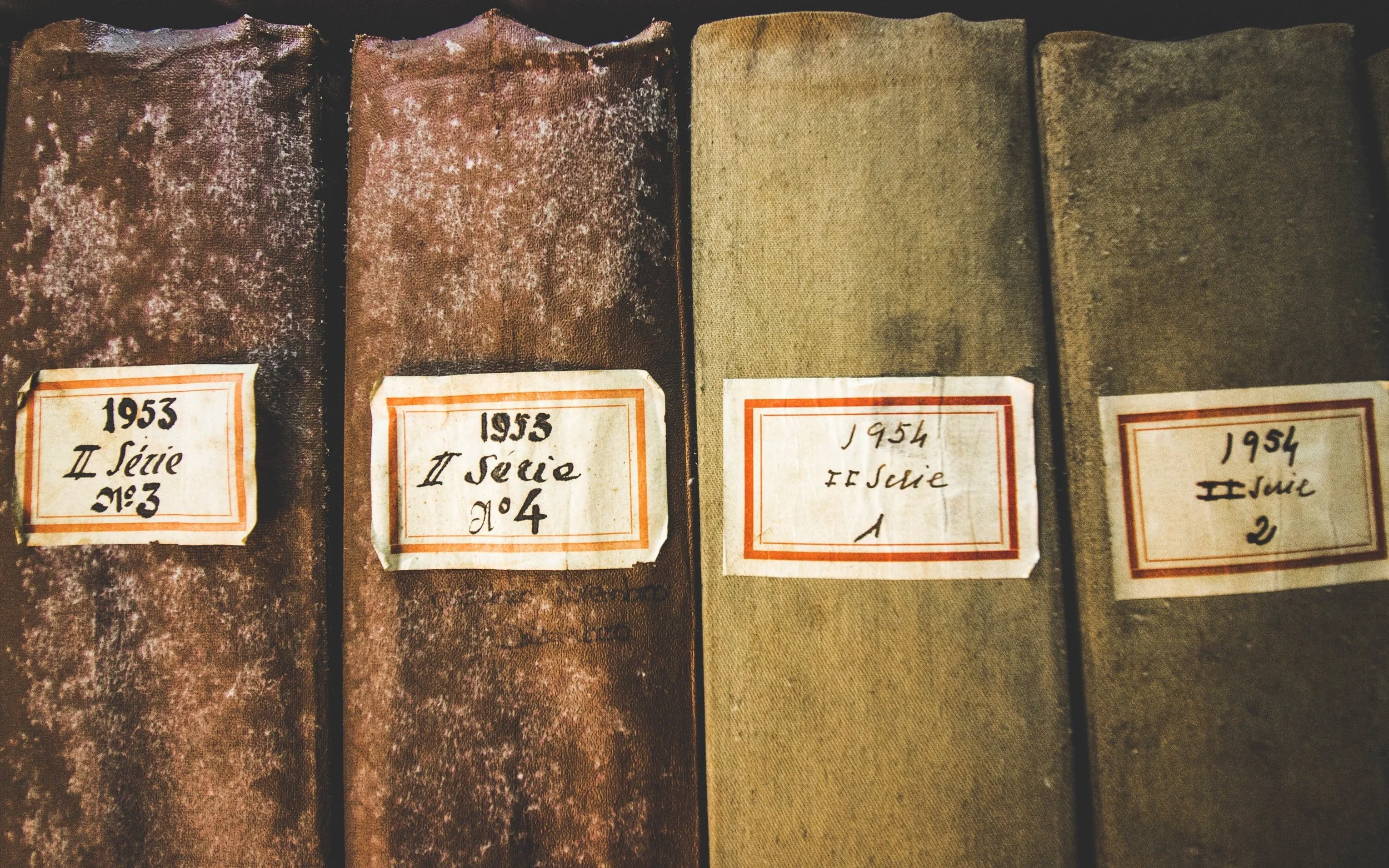Blog Post Five
Are You There, Sources? It’s Me, PSG.
Why Canadian Vital Statistics Records Are Difficult to Find
You’ve got your family tree started, you have birth dates, marriage dates, and death dates for all of your grandparents all the way back to your third great grandparents. But, do you have copies of their vital statistics records to prove it? In Canada, that’s your births, marriages, and deaths (BMD); in other countries they’re called vital records or civil registrations. For a genealogist, the best proof is the coveted original source, the very first recording of the event, and the vital stats are exactly that. Generally speaking, the information about the event from the original source tends to be the most accurate source of the information. In our genealogy community, finding those BMD records is like finding gold!
I only recently realized I had BMD records for just a couple of my ancestors out of thirty people. I never realized I was lacking so many primary sources! I wasn’t able to find their vital stats records any time I researched; I mean sure, I looked for them. But I could not, for the life of me, come up with a reason why I couldn’t find any original sources for most of my direct ancestors. I tried to find an Ontario death record for one of my grandfathers from 1984 and could not find it.
So, why would I not be able to find any records for my Canadian-born grandfather who lived his entire life in the same city in Ontario? It didn’t make sense to me and drove me crazy. What I eventually learned was that most Canadian provinces have timeline restrictions on vital stats records. Yes, that means not all provinces have these restrictions, thankfully. When researching this I was not able to find any timeline restrictions for vital stats records held in Newfoundland & Labrador, Quebec, the Yukon, Northwest Territories, or Nunavut. So, if you’re ever doing research for records from those provinces, you might be in luck!
For the rest of the provinces your wait time will depend on where you’re researching, who you’re researching, and the dates you’re working with. Let’s break it down by province:
British Columbia[1]
Birth: 120 years
Marriage: 75 years
Death: 20 years
Alberta[2]
Birth: 120 years
Marriage: 75 years
Death: 50 years
Saskatchewan[3]
Birth: 100 years
Marriage: 75 years
Death: 70 years
Manitoba[4]
Birth: 100 years
Marriage: 80 years
Death: 70 years
Ontario
Birth: 105 years[5]
Marriage: 80 years[6]
Death: 70 years[7]
Prince Edward Island[8]
Birth: 120 years
Marriage: 75 years
Death: 50 years (cause of death remains confidential)
Nova Scotia[9]
Birth: 100 years
Marriage: 75 years
Death: 50 years
New Brunswick[10]
Birth: 95 years
Marriage: 50 years
Death: 50 years
So, that grandfather I was searching for, how long do I have to wait to get that death record? The event took place in 1984 which means, according to Ontario’s restrictions, I can get that record in 2054. It’s possible that some of the above provinces may make exceptions to these restrictions for medical or legal reasons but chances are you’ll need to provide proof if you apply to obtain any records before the wait time is up. In some cases, for my own research, this will make some records wildly impossible to obtain during my lifetime while other records will be available to me within the next decade. Serious question, how early is too early to set a task reminder for, let’s say, 2029?
How is anybody supposed to remember what year they can finally order these sources? This was a question I asked myself many times during my research. I opted to print out an Ancestor Chart, which you can find any version of by doing a Google search, and filled it out as completely as I could. I’ve got colour coded marks next to each birth, marriage, and death date based on the vital stats records I have, the records I’ve ordered but have yet to receive, and the records I don’t have yet. Next to the records I don’t have yet I’ve written the year that I can order it. I keep them in a place that I store new calendars so that I remember to check it once a year; when I whip out that 2022 calendar I’ll do a quick scan of my chart hoping to see the same year next to someone’s vital date. Fingers crossed!
[1] https://www.familysearch.org/wiki/en/British_Columbia_Vital_Records
[2] https://www.alberta.ca/historical-vital-statistics-records.aspx
[3] https://www.ehealthsask.ca/residents/genealogy
[4] https://vitalstats.gov.mb.ca/Query.php
[5] http://www.archives.gov.on.ca/en/tracing/birth_registrations.aspx
[6] https://www.londonpubliclibrary.ca/research/genealogy/vital-statistics-births-marriages-deaths-and-divorce
[7] https://www.londonpubliclibrary.ca/research/genealogy/vital-statistics-births-marriages-deaths-and-divorce
[8] https://www.princeedwardisland.ca/en/information/justice-and-public-safety/search-vital-records
[9] https://www.familysearch.org/wiki/en/Nova_Scotia_Civil_Registration
[10] https://archives.gnb.ca/Documents/FAQs_en-CA.pdf

